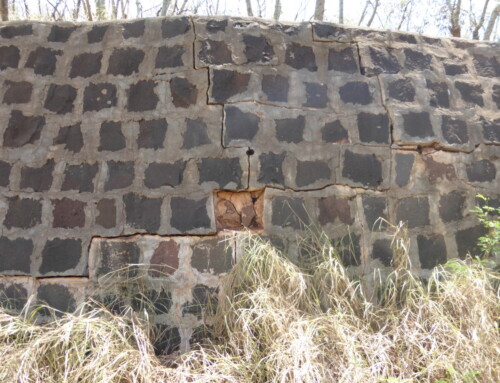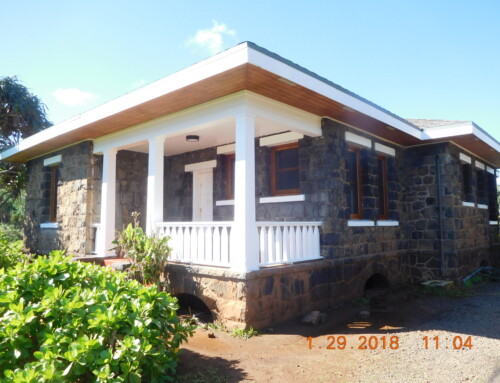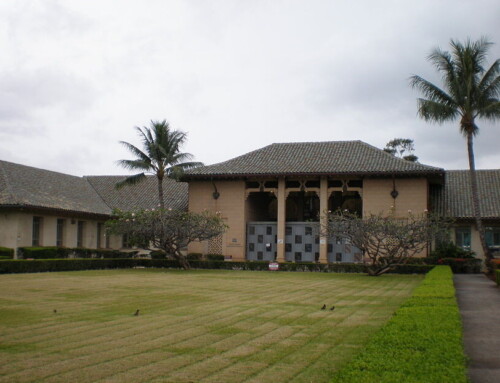By Glenn Mason, AIA
One way to look at door, window and cabinet hardware is as the jewelry of a building. Retaining the original hardware of a historic residence—or installing period-appropriate hardware when the original hardware is missing or deteriorated—is the only way to properly dress the house. It is surprising how often original locksets can be refurbished and retained very economically, either by the homeowners themselves or by a professional. This is especially true if the hardware is of good quality brass or bronze. Plated steel hinges and lock escutcheons are more of a challenge, but these can be cleaned and/or re-plated if in relatively good condition.
If the original hardware is very deteriorated, it is important to replace it with duplicate hardware designs. If it is missing, then period-appropriate hardware should be used. For example, it would be inappropriate to install Art Deco-style hardware on a house built in 1915, or (with rare exceptions) ornate Victorian hardware designs in a 1930s residence.
Duplicate hardware is frequently still available and can often be found through Crown City Hardware (the widest selection); Van Dyke Restorers; Rejuvenation; Restoration Hardware, or for older designs, Ball & Ball Hardware in New York. All of these companies have websites that show their product lines best.
Ball & Ball will also custom fabricate hardware items. They fabricated the replacement hardware for the doors in ‘Iolani Palace, whose nickel-plated, Victorian designs exemplify the concept of building jewelry. Another source for duplicate hardware is to use the web to search salvage shops for historic hardware. We have found this most productive for replacing historic lighting, but many shops carry salvaged hardware as well.
Glenn Mason, AIA, is founder and president of Mason Architects, Inc., which specializes in historic preservation projects







